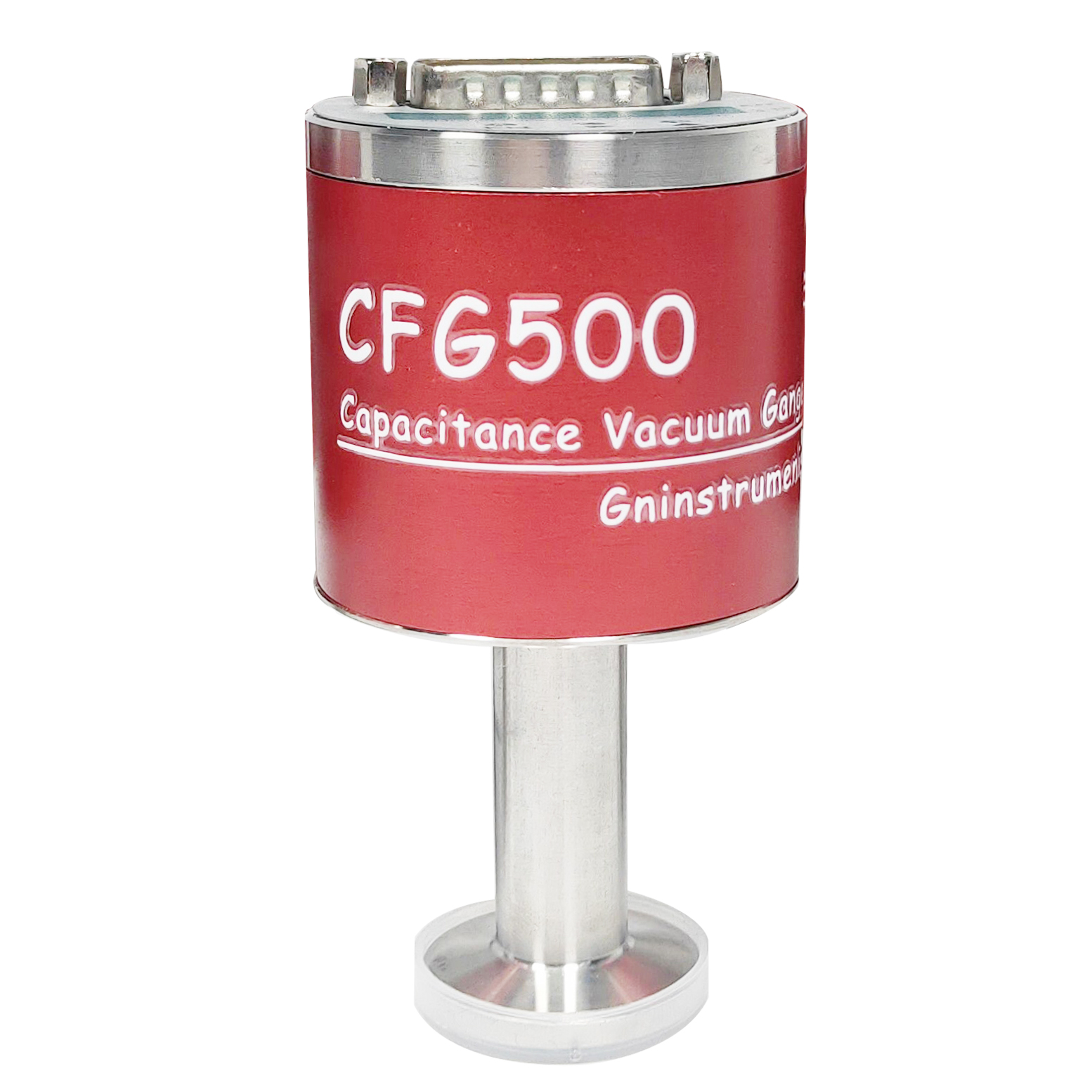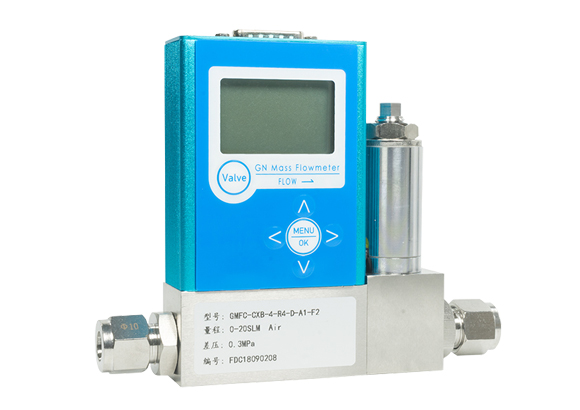Why vacuum coating requires the use of a micro gas mass flow controller
Fluctuations in pressure within the vacuum chamber cause uneven coating and poor repeatability. While the mass flow controller controls the reaction gas, a pressure controller is used to control the pressure
of the inert gas in the chamber, thereby improving the final plasma vapor deposition (PVD) result. The vacuum coating process is usually carried out in a negative pressure sealed chamber. The reason why the
vacuum is drawn is that the ambient gas will interfere with the reaction process between the substances involved in the coating. In a vacuum environment, the vaporized metal, ionized molecules, plasma reaction
compounds and other coatings can interact with other materials to be plated. The surface blends.
To put it simply, a vacuum coating system usually consists of two main parts: the first is a vacuum chamber connected to a vacuum pump. A throttle valve is usually used to adjust the vacuum level and control
shutdown to prevent leakage. The other part is the gas source. The gas is input into the vacuum chamber after passing through the mass flow controller to form a gas density level suitable for coating. Some of
them are non-reactive inert gases, which are only used to maintain the negative pressure environment of the vacuum chamber and will not have any impact on the concentration of chemical substances participating
in the reaction. Next comes the reactive gases, such as oxygen used in the oxidation coating process. Some vacuum coating processes use non-reactive gases as carrier gases or to dilute reactive gases.
The coating material can be vaporized metal that has been ionized through melting and electric field devices. In some systems, a portion of the “purge gas” is used to “clean” the process chamber after the reaction.

The coating principles are also varied. Some are relatively conservative, such as allowing the vaporized metal to slowly precipitate on the surface to be plated, while others include sol, which fuses with the
surface to be plated by forming a plasma vapor cloud arc, or by charging the plated object to make it target. The ions create adsorption force.
In such an environment with thin air, pressure fluctuations will be amplified, and a very weak fluctuation may cause a series of butterfly effects. With the introduction of various types of inert gases and reactive
gases, coupled with the start and stop of the vacuum pump, the interaction between various control components and participation in reactions at different stages, all of these will affect the pressure and balance
of the entire process system.
To be more specific, short-term pressure fluctuations caused by improper starting and stopping of the vacuum pump, or the mass flow controller that controls the air intake takes too long to reach the control
point, these factors will cause the delicate chemical balance in the vacuum reaction chamber to fail. , thus affecting the uniformity, adhesion and thickness of the coating. Depending on the coating application,
whether the gas flow control response time is within 100 milliseconds will essentially affect the thickness, uniformity, and repeatability of the entire coating process.
Solution
A CIXIFM
gas mass flow controller is used to control the pressure of inert gas filled into the vacuum chamber to create a well-controlled coating environment. An external vacuum gauge connected directly to
the reaction chamber measures the continuous process pressure. This pressure reading is transmitted via an analog signal to the pressure controller and displayed.
The flow rate of reaction gases entering the chamber is controlled by a mass flow controller. Because the above-mentioned pressure controller can measure the pressure in the chamber and adjust the
process pressure in real time by adjusting the content of non-reactive gases, thereby forming a coating environment in the chamber that is most conducive to deposition.
Fast control response speed is a crucial factor in reducing pressure fluctuations in the chamber and forming an optimal deposition environment. Customize the PID values of the mass flow controller and
pressure controller according to the different process conditions in different applications, effectively eliminate overcharging, shorten the time to reach the set value, and control the control response time
within 20~30 milliseconds. , thereby forming stable pressure and gas exchange in the cavity.
Both pressure controllers and mass flow controllers use conventional control interfaces, standardized commands and programs, and support serial communication and analog communication.
The gas of the mass flow controller can be quickly and easily switched through serial port commands or display panel operation, without the need for K-factor conversion, and the factory NIST traceable
accuracy is maintained after switching gases, without the need for recalibration.
The mass flow controllers for low flow and micro flow (0.5 sccm full scale) are uniquely designed for maximum flexibility and provide customized pipeline interfaces and functions.
If you also want to know more about the selection, quotation and installation of
vacuum gauges and
gas flow controllers,
please feel free to contact CIXIFM winny:
sales01@cxflowmeter.com


